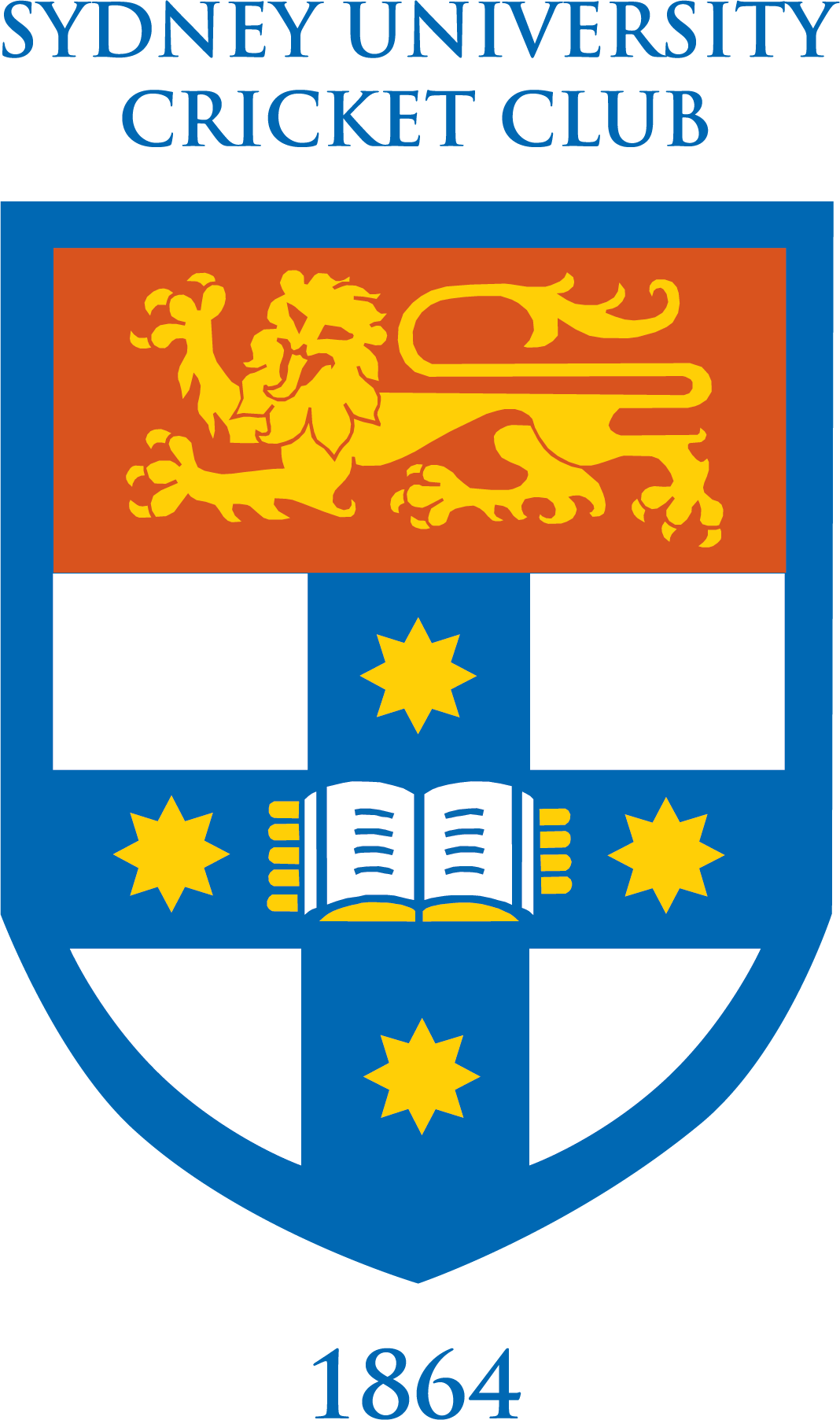(Roger Page Cricket Books,2019)
Connections.
Max Bonnell draws us into the story of two future 1st Class cricketers who lived for a time in 1915 in the same street in Waverley, Ebley Street. They were born within a few weeks of each other. One was ‘single minded” who could be “awkward company”; the other was universally liked. One averaged 71.23 in his nine 1st Class games; the other averaged 207.They made their debuts for Paddington a season apart; both then played for Waverley. Both served in the Great War. One returned to Australia in July 1919; the other never came back. Francis Aloysius Joseph O’Keeffe eventually died in the North of England aged only 28 and is buried there. Norman Frank Callaway was blown to bits in France aged only 21 and has no known grave.
Max manages to easily intertwine the two stories. This is not just a book of two vaguely related lives of talented cricketers. This is a book of connections.
Callaway began his cricket career in Hay in Western NSW. One of his contemporaries was left-handed Jim Bogle. As a medical student, Bogle was to debut for Sydney University in the year that O’Keeffe and Callaway enlisted. In 1918-19 Bogle went on to amass an astounding 1090 runs in 1st Grade. On 1st class debut, he scored 145 followed by exactly 200 in his next game. Two young men from distant Hay had both scored double centuries for NSW.
When Callaway turned out for Waverley for the first game of what was his last season in Sydney Grade cricket in October 1915, he played against a medical student, Henry George Leahy, who was playing his first and only 1st Grade game for University. 27 year old Leahy “batted confidently and crisply” for 26. Callaway was untroubled in making 61. In 1916, both enlisted. Major HG Leahy returned and lived until 1940. Private NF Callaway, popular with everyone, “paid the supreme sacrifice” as one of his teammates wrote.
In the last 1st class game played in Australia until the end of the War, Callaway had hit a majestic 207 for NSW against Queensland at the SCG. He would play no more at that level. He is one of only three NSW cricketers to have died in the Great War. ‘Tibby’ Cotter and Gother Clarke were also both killed in 1917.
When O’Keeffe returned to cricket after the War, he averaged 99.33 in his last season in Waverley’s 1st Grade and 118 in his last 1st class season when he transferred to Victoria. In one of his last 1st class games he made a careful 180 and then took 5 wickets with his leg breaks.
What might have been?
Max wisely avoids speculation but he does wonder:
“It isn’t difficult to imagine them playing together in the Australian team. O’Keeffe wearing the shine from the ball so that Callaway could crack it away through the off side, two young men from Ebley Street bringing their contrasting talents and temperaments to the game’s biggest stage.”
Max has done meticulous and admirable work in bringing to life two fascinating cricketers of the early years of the 20th century. He writes crisply and his research is ferociously forensic.
He has previously written portraits of some of the well-known (Tom Garrett, Bert Ironmonger, Johnnie Taylor, Herbie Collins). Others should be better known but have faded from memory and history for various reasons (Sammy Jones, RC Allen, Roley Pope, Jack Marsh, John Kinloch). He has corrected some myths that have endured (JJ Ferris and ‘Tibby’ Cotter). Soon to be released is his appreciation of the Edwardian polymath, Leslie Poidevin.
And there’s this tribute, where Max has given Callaway and O’Keeffe enlightened release from the mists of time, through connections.
James Rodgers

